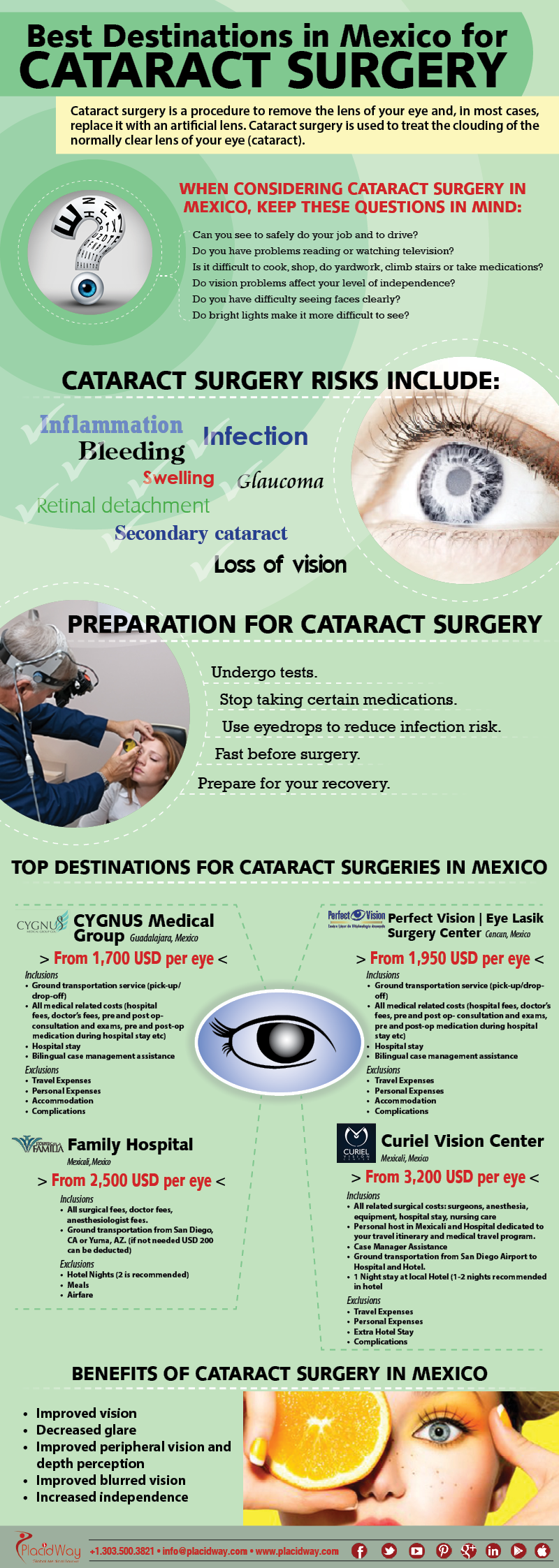Contrasting Traditional And Modern Approaches To Dealing With Glaucoma
Contrasting Traditional And Modern Approaches To Dealing With Glaucoma
Blog Article
Author-Johannesen Jantzen
Did you recognize that the development of glaucoma therapy approaches spans centuries, including both standard remedies and sophisticated advancements? From old organic mixtures to advanced Minimally Intrusive Glaucoma Surgical treatment techniques, the spectrum of options is substantial. As you look into the details of traditional versus ingenious strategies, you may reveal shocking understandings that challenge traditional point of views on treating this common eye condition.
Historic Advancement of Glaucoma Treatments
The historical development of glaucoma therapies dates back to ancient people where different solutions were utilized to handle the problem. In old Egypt, as an example, therapies involved a mixture of honey, fat, and sour milk related to the eyes. The Greeks and Romans likewise added to early glaucoma therapies with a focus on topical applications and dietary treatments. Throughout history, diverse societies established one-of-a-kind techniques to reduce the signs of glaucoma, usually rooted in natural treatments and superstitions.
As time advanced, innovations in clinical expertise led to more systematic techniques to treating glaucoma. In The Center Ages, Arabic scholars made substantial contributions by studying the makeup of the eye and establishing medical methods to deal with eye problems. These early advancements laid the foundation for modern-day glaucoma therapies that we have actually today. Recognizing the historical context of glaucoma therapies provides beneficial understandings right into the continual development and refinement of clinical techniques over the centuries.
Contrast of Conventional Approaches
In comparing standard techniques for dealing with glaucoma, consider the historical contexts and effectiveness of numerous remedies.
Conventional treatments for glaucoma have advanced over centuries, from old practices like utilizing honey and wine to extra current developments such as eye decreases and surgeries. Historically, treatments like the application of leeches or organic mixtures were utilized to relieve symptoms, but their effectiveness was limited.
As time advanced, techniques like iridectomy, where a part of the iris is eliminated, ended up being preferred for lowering intraocular pressure. how long does it take to adjust to cataract surgery , like using dental medications to minimize eye pressure, have stood the test of time and are still utilized today. Nonetheless, these therapies usually come with adverse effects and might not be as effective as modern-day alternatives.
It's important to evaluate the historical relevance of typical glaucoma treatments against their efficiency in the context of current clinical advancements.
Assessment of Innovative Treatment Approaches
Taking into consideration the progressing landscape of glaucoma treatment, ingenious techniques are revolutionizing the means this eye condition is managed.
One remarkable innovation is minimally intrusive glaucoma surgery (MIGS), which supplies a much less invasive option to traditional operations. MIGS intends to reduce intraocular pressure by improving the eye's natural drainage system, leading to less complications and faster healing times compared to standard surgical procedures.
In addition, the advancement of sustained-release medicine delivery systems has actually offered a more effective means to provide glaucoma medicine. These systems can launch medicine gradually over an extended period, improving individual adherence and decreasing the frequency of eye drops.
Furthermore, emerging technologies like selective laser trabeculoplasty (SLT) use a non-invasive choice for reducing intraocular pressure by targeting specific cells in the eye's water drainage system.
Conclusion
As you reflect on the evolution of glaucoma therapies, you can see how standard approaches have led the way for cutting-edge techniques to arise.
From old remedies to modern-day improvements, the journey of treating this complex eye condition has resembled a rollercoaster ride.
Yet with https://www.health.harvard.edu/diseases-and-conditions/are-you-at-risk-for-a-secondary-cataract -new methods like MIGS and sustained-release medicine delivery, the future looks brighter than ever for patients looking for reliable and less invasive solutions.
